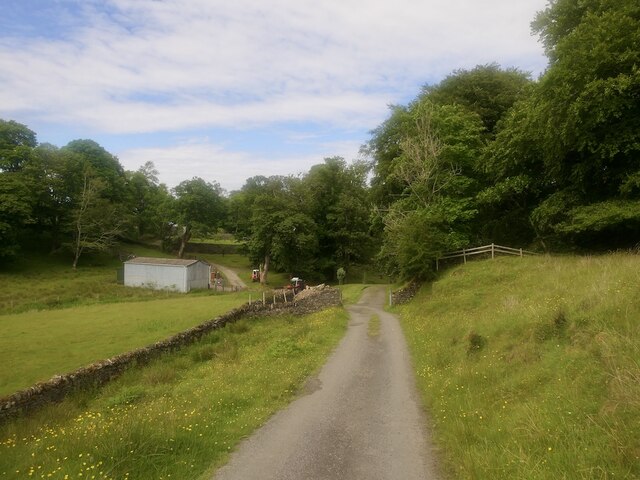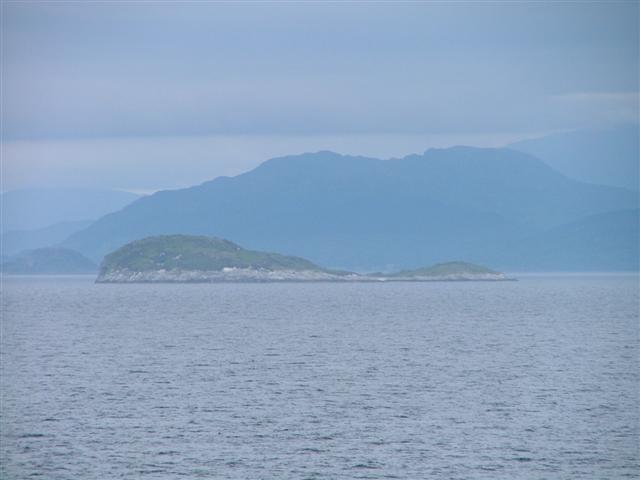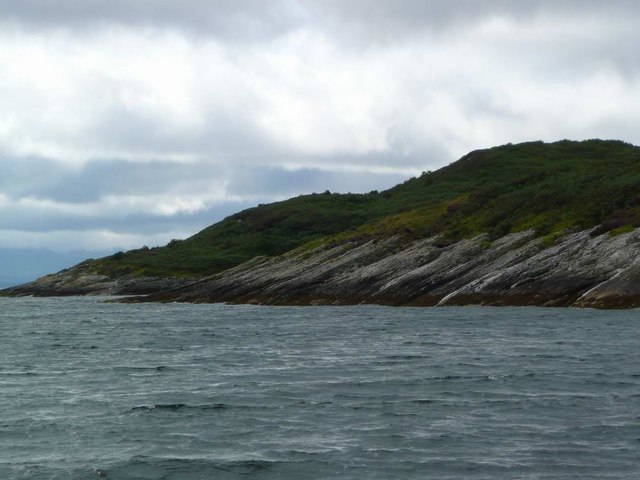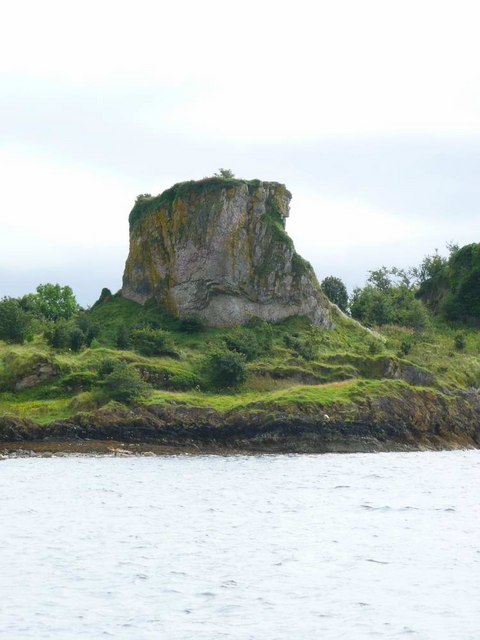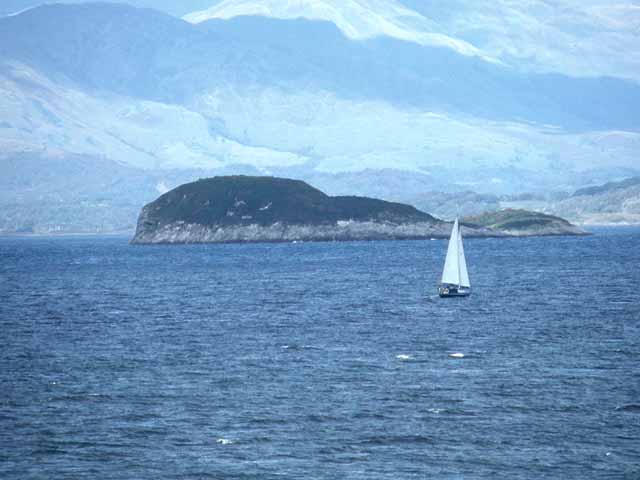Creag Island
Island in Argyllshire
Scotland
Creag Island

Creag Island is a small, uninhabited island located in the Argyllshire region of Scotland. It is situated in the Firth of Lorn, approximately 2.5 kilometers west of the mainland. The island covers an area of around 37 hectares and has a diverse landscape that includes rocky cliffs, rugged terrain, and a few grassy areas.
The island's name, Creag, is derived from the Gaelic word for rock, which is fitting considering its rocky nature. The highest point on the island reaches an elevation of 70 meters, providing stunning panoramic views of the surrounding sea and nearby islands.
Creag Island is known for its rich biodiversity and is home to a variety of bird species, including gulls, puffins, and cormorants. The surrounding waters are also teeming with marine life, making it an ideal location for birdwatching and wildlife enthusiasts.
Access to Creag Island is mainly by boat, as there are no regular ferry services available. The island is uninhabited and lacks any infrastructure or facilities for visitors. However, it serves as an attractive destination for those seeking tranquility and a chance to explore untouched natural beauty.
Due to its close proximity to the mainland, Creag Island is often visited by kayakers and sailors who are drawn to its rugged coastline and secluded coves. It also offers opportunities for fishing and snorkeling, allowing visitors to experience the marine ecosystem up close.
Overall, Creag Island is a picturesque and peaceful destination, offering a unique opportunity to immerse oneself in Scotland's natural beauty and wildlife.
If you have any feedback on the listing, please let us know in the comments section below.
Creag Island Images
Images are sourced within 2km of 56.47608/-5.516476 or Grid Reference NM8337. Thanks to Geograph Open Source API. All images are credited.


Creag Island is located at Grid Ref: NM8337 (Lat: 56.47608, Lng: -5.516476)
Unitary Authority: Argyll and Bute
Police Authority: Argyll and West Dunbartonshire
What 3 Words
///depravity.scrambles.restored. Near Oban, Argyll & Bute
Nearby Locations
Related Wikis
Creag Island
Creag Island is an island in Scotland. It is located in Argyll and Bute council area, in the northwestern part of the country, 600 km northwest of the...
Lismore Seminary
Lismore Seminary was situated in Kilcheran House on the island of Lismore in the Inner Hebrides part of Argyll, Scotland. It served as a seminary for the...
Achanduin Castle
Achanduin Castle, (also known as Achadun Castle and Acha-Dun), is a castle, now in ruins, located about 5.0 kilometres (3.1 mi) west of Achnacroish on...
Achnacroish
Achnacroish (Scottish Gaelic: Achadh na Croise) is a hamlet on the Scottish island of Lismore. The harbour serves the ferry between Lismore and Oban.The...
Bernera Island
Bernera Island (Scottish Gaelic: Beàrnaraigh) or simply Bernera is a tidal island off Lismore, in Argyll, Scotland. == History == In the 6th century, Bernera...
Lismore, Scotland
Lismore (Scottish Gaelic: Lios Mòr, pronounced [ʎis̪ ˈmoːɾ] possibly meaning "great enclosure" or "garden") is an island of some 2,351 hectares (9.1 square...
Maiden Island
Maiden Island is a small uninhabited island at the mouth of Oban Bay on the west coast of Scotland. == Geography == Maiden Island lies just off the coast...
Scottish Association for Marine Science
The Scottish Association for Marine Science (SAMS) is one of Europe's leading marine science research organisations, one of the oldest oceanographic organisations...
Have you been to Creag Island?
Leave your review of Creag Island below (or comments, questions and feedback).
